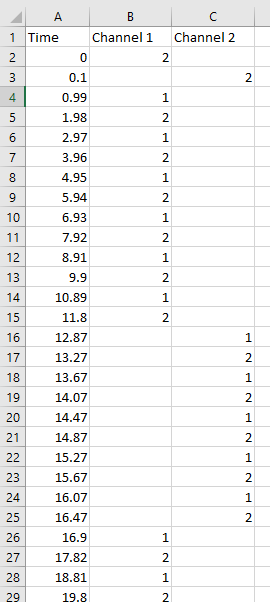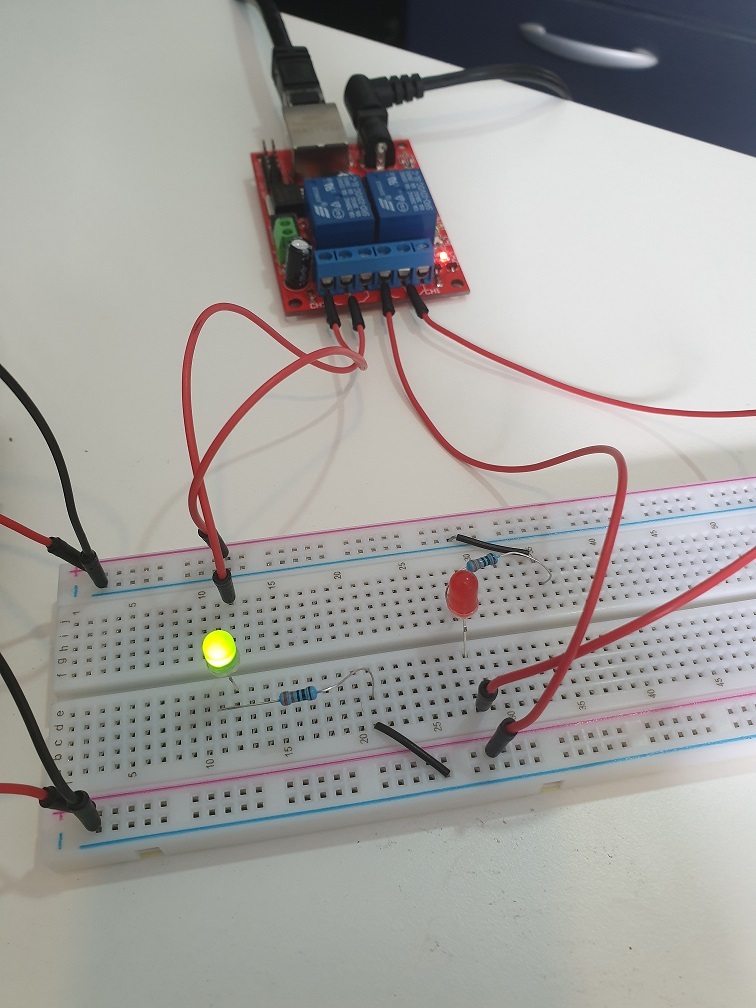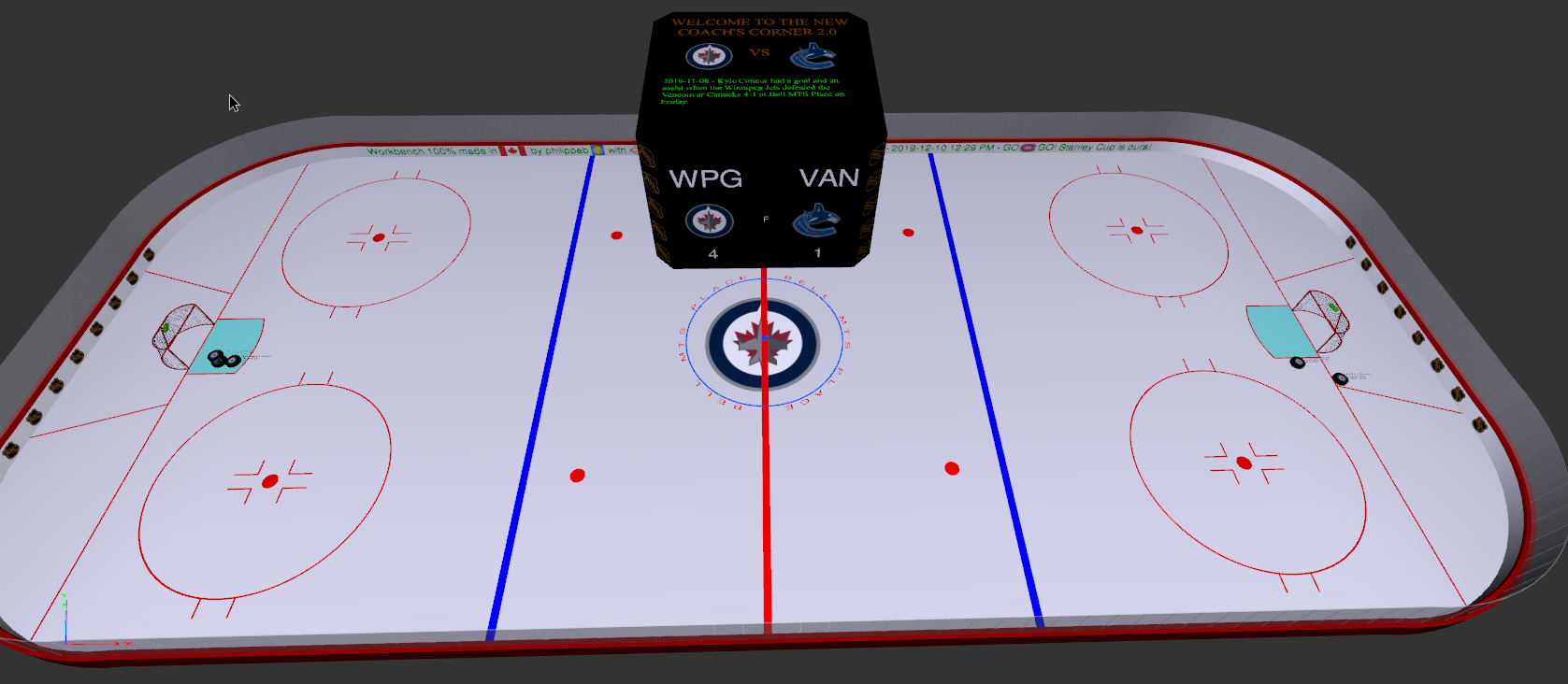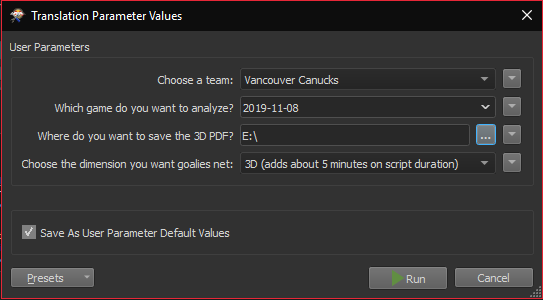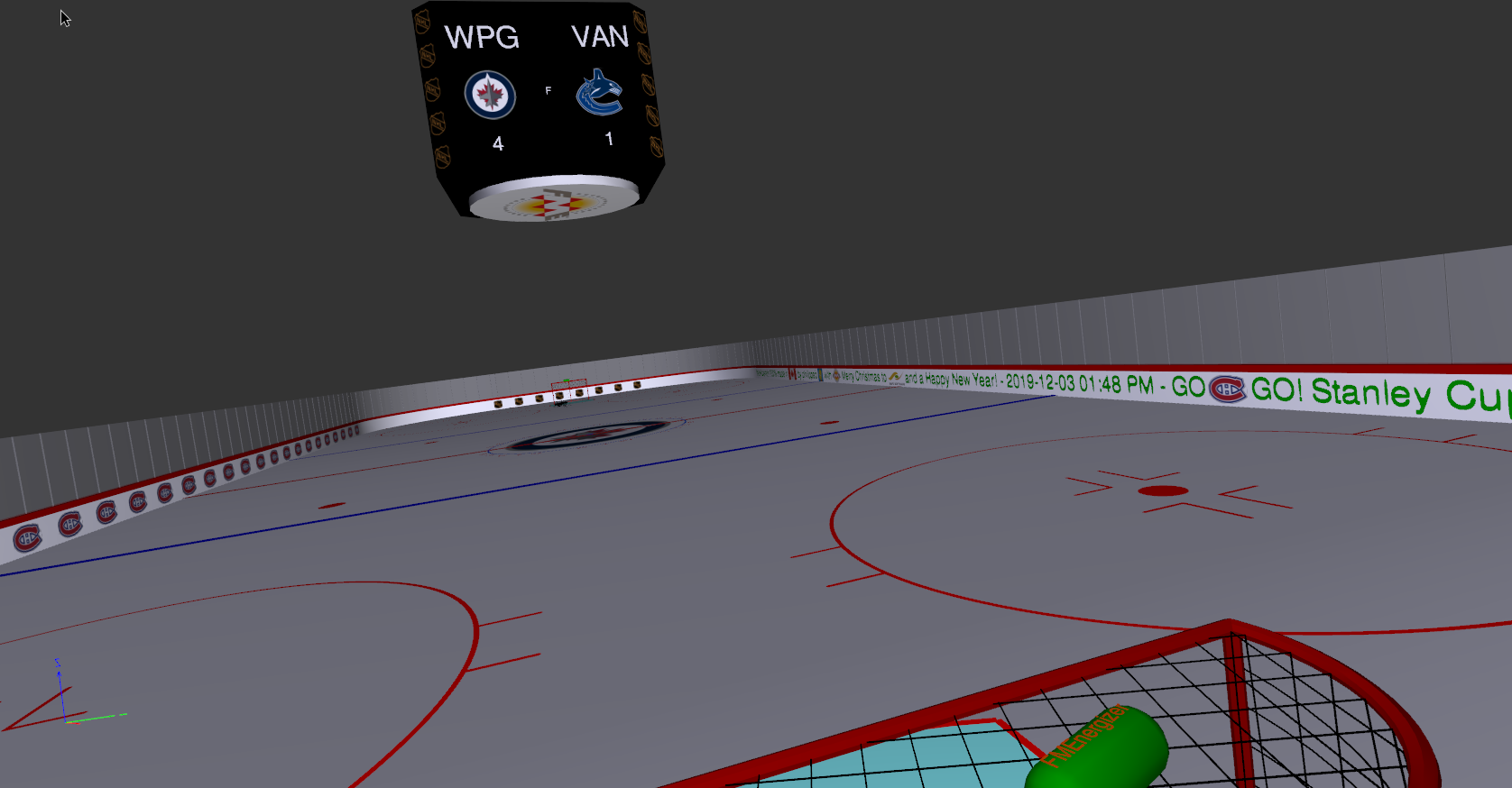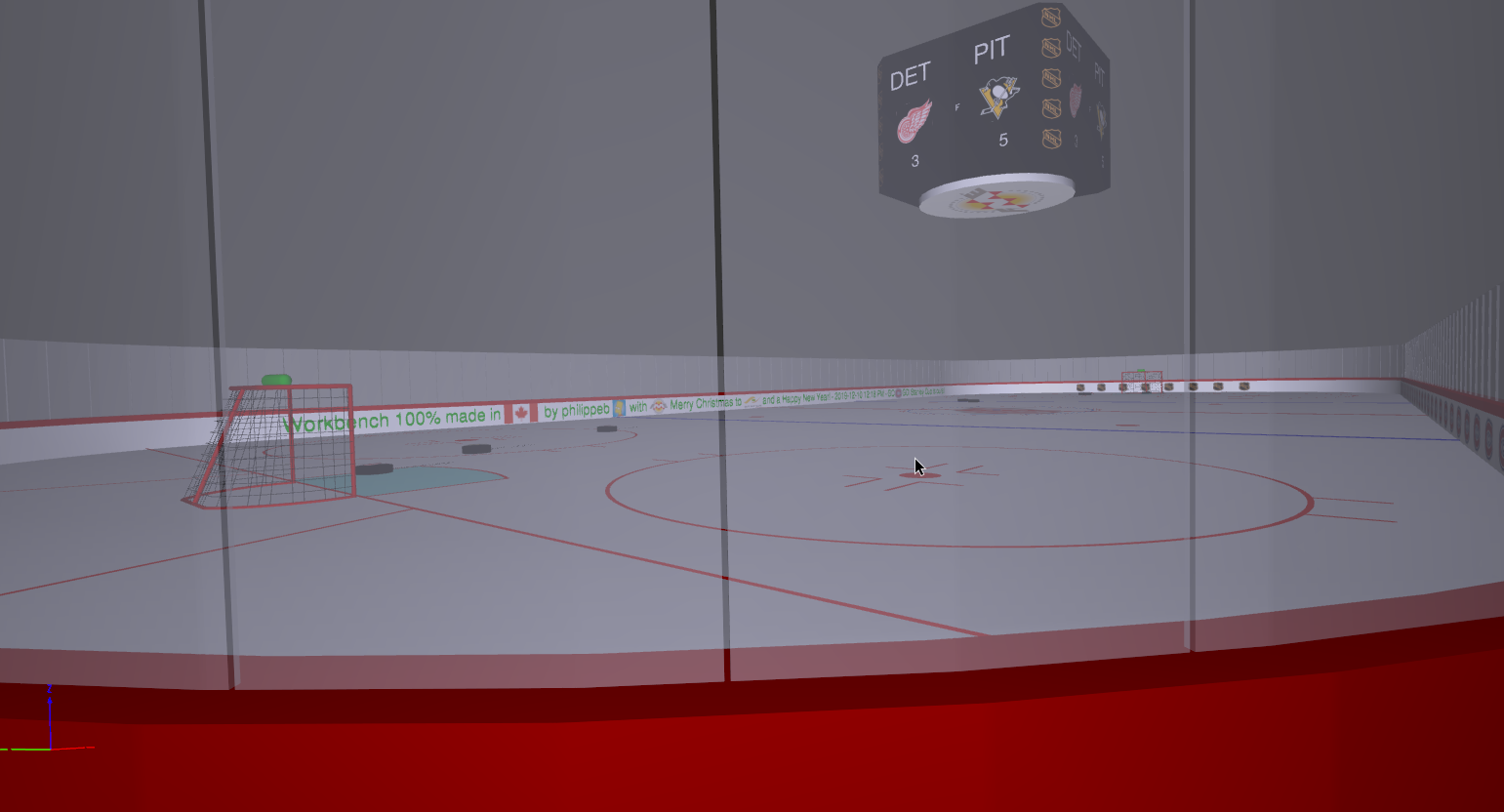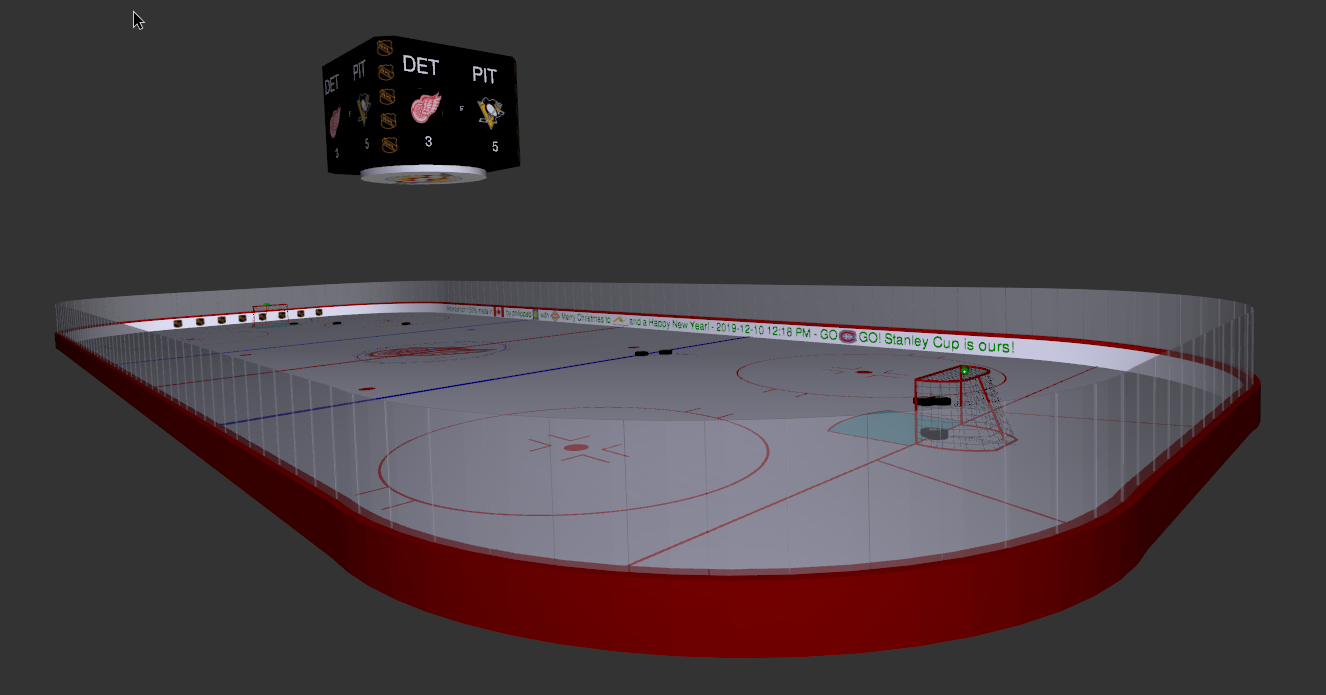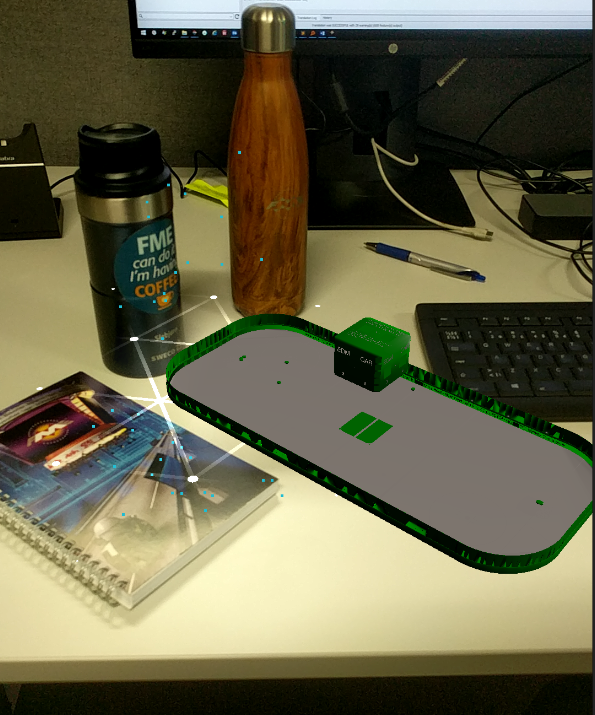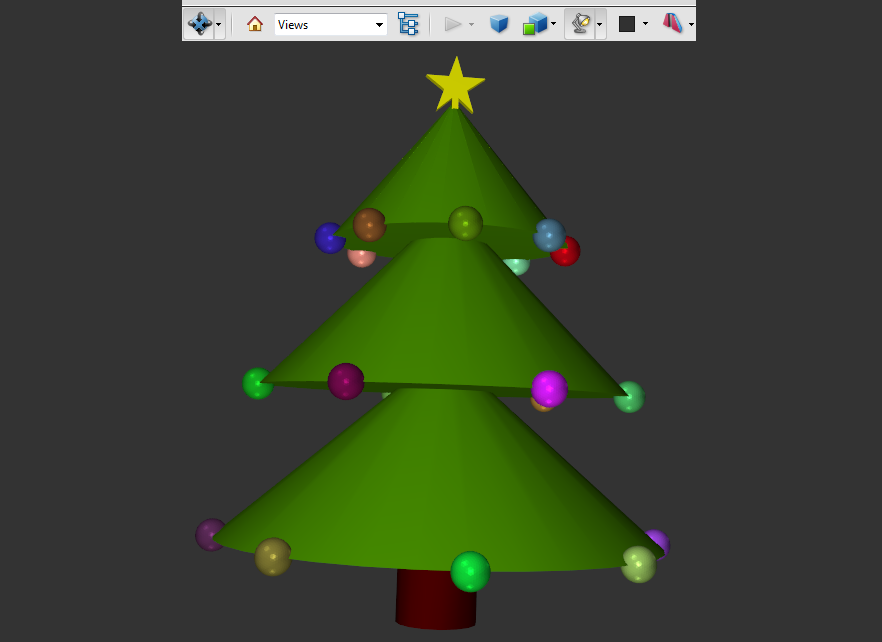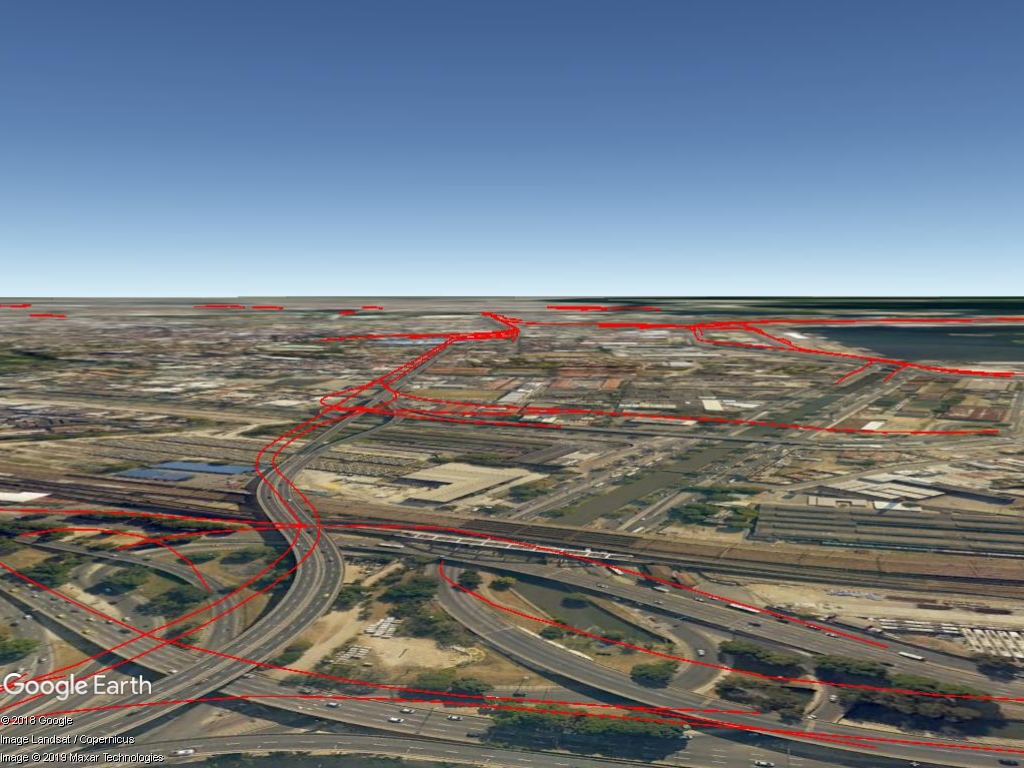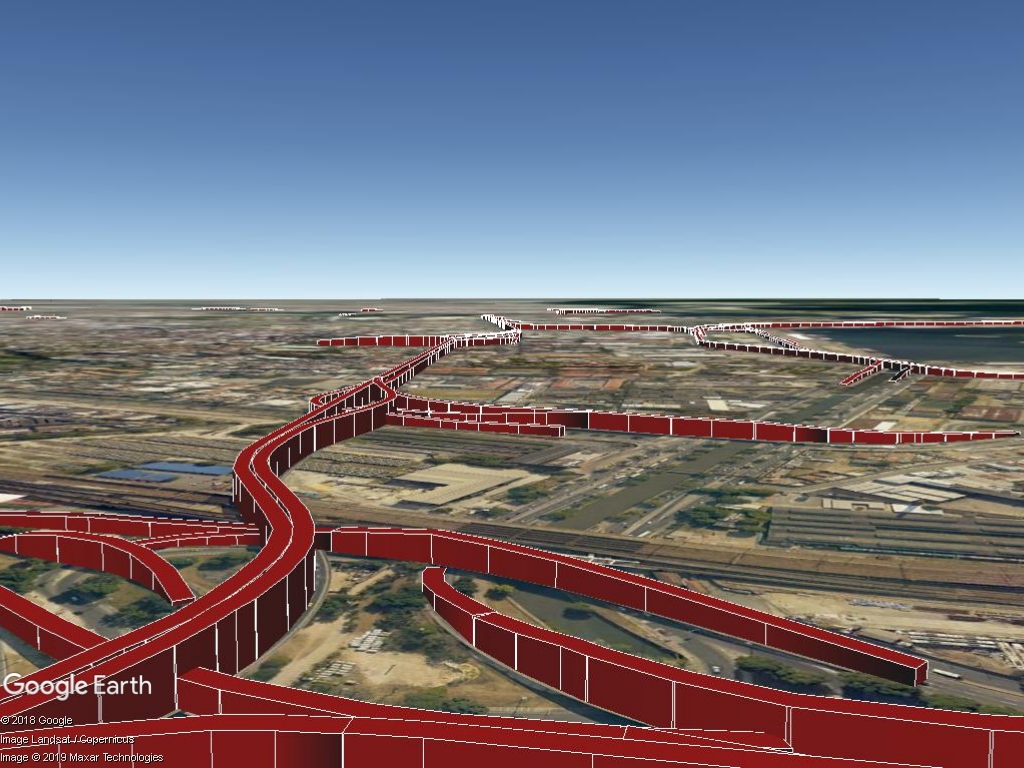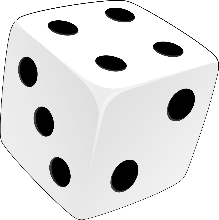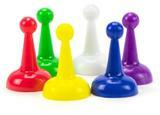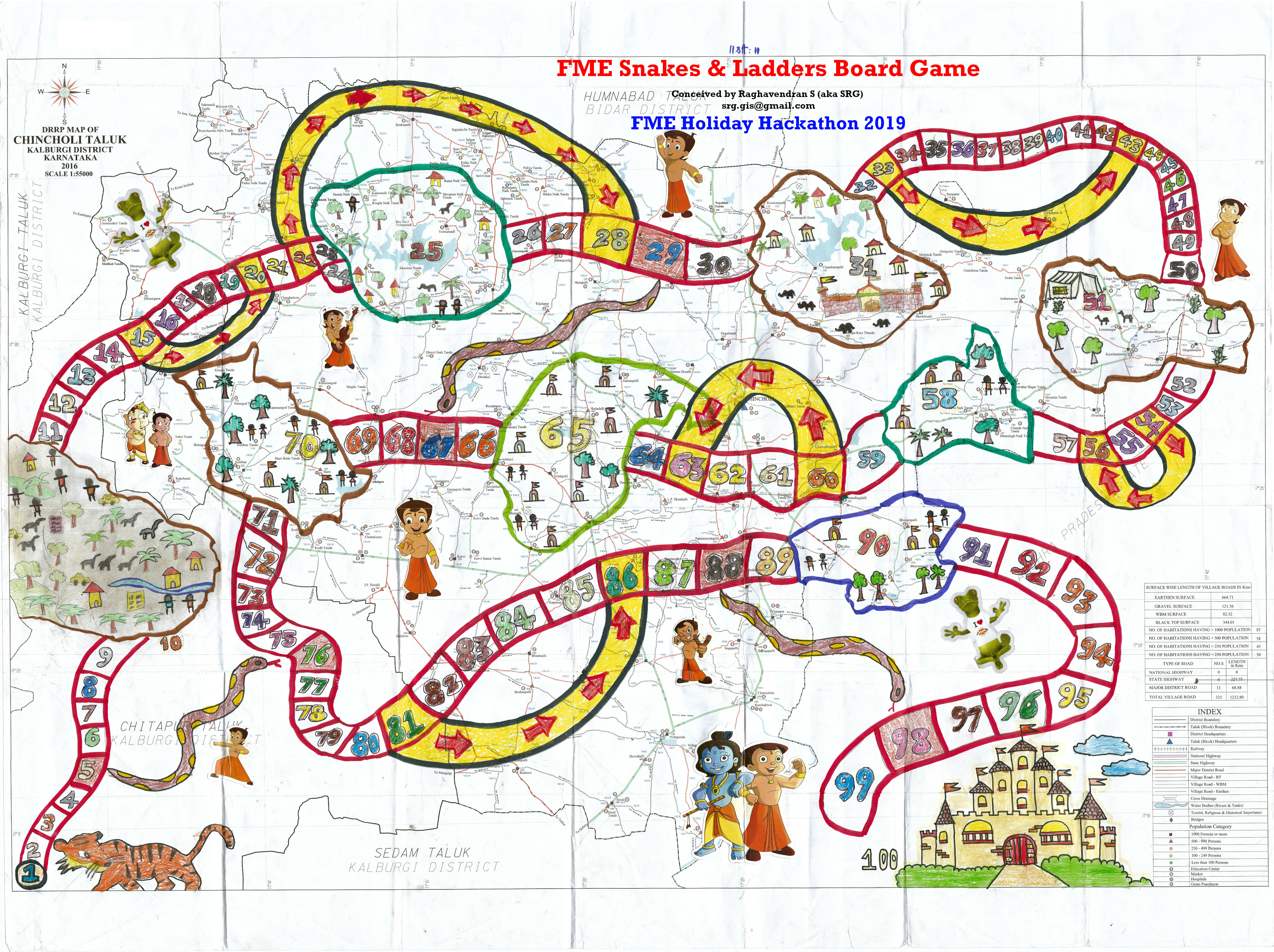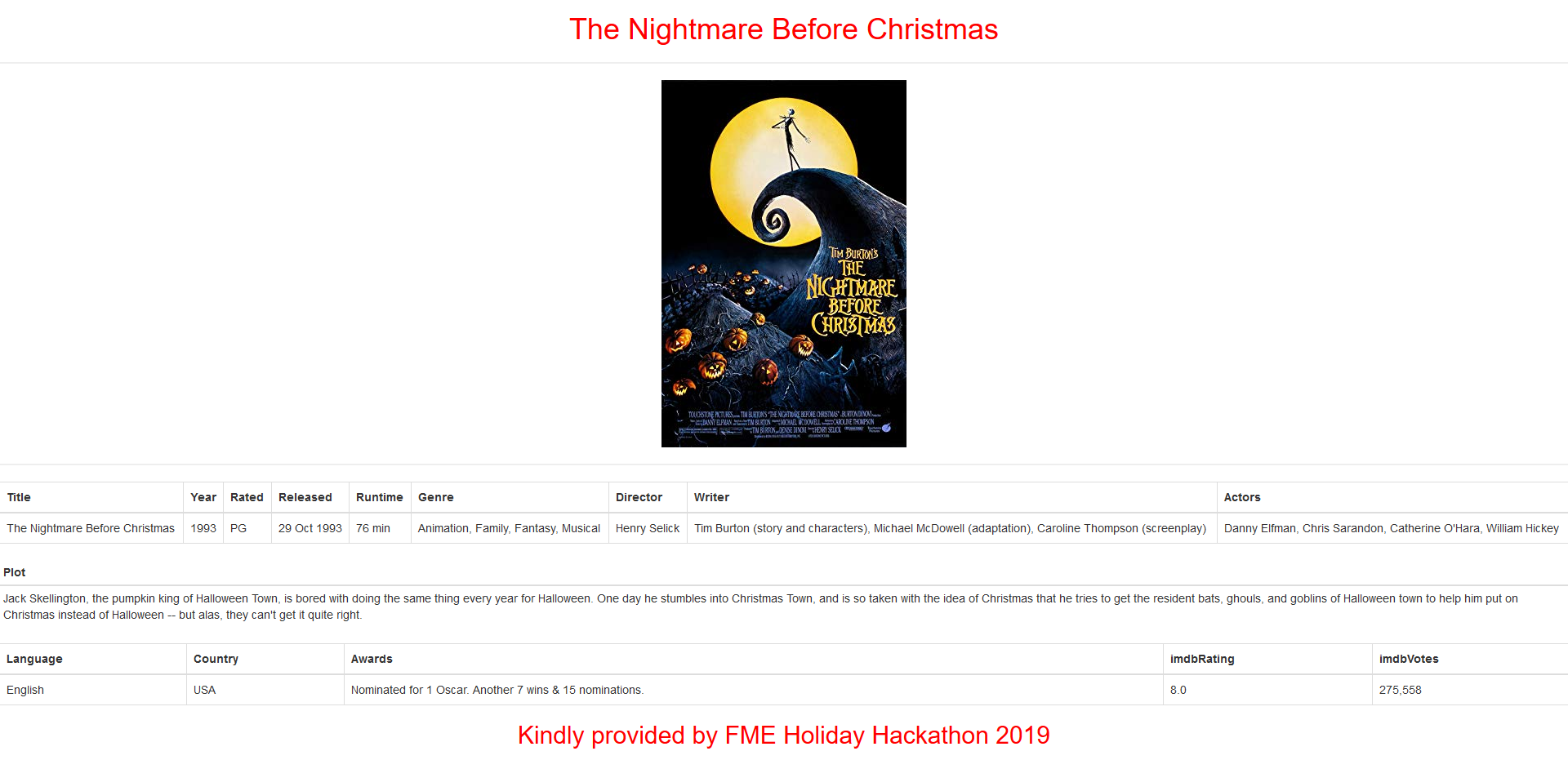Hi FME'ers,
It's that time of year for a hackathon! Yay! But first be aware...
NoteWe are scaling back a little this time. I gave the marketing team permission to use the "12 Days of FME" title for something else, we'll have a bit less fanfare (no blog posts), and prizes will be restricted to what I can steal from the swag cupboard the next time I'm in Safe's head office (which might be nothing if I'm spotted).
So no fame or fortune, and not much glory: but hopefully a lot of fun and satisfaction in doing cool things with FME.
Theme and RulesRather than restrict us to a theme, I thought we'd go with an open competition. So, as in the past, you can submit any sort of project you like.
It can be a workspace, a custom transformer, a web service, or anything as long as FME is used in part of it.
It can be Christmas-related, or related to any other holiday you can think of; or neither.
You can treat it as a "hackathon for good" where you try to solve problems to make the world a better place, or just do something for the fun of it.
You can work by yourself, or as a team.
IdeasJust in case you are stuck for ideas of what to do, here are a few that I was thinking of:
- Try to do something listed as an Idea, or asked as a question.
For example, one recent question asked if FME could be made to read a barcode. Looking up the specification for barcodes, I think this could be done. Could it be done by you?
- Take an FME Hub item and work on it to make improvement.
For example, I recently made some items for the hub using a JavaScript library called D3. But I noticed that there are lots of other D3 examples that could also be combined with FME. Want to try?
- Test a Theory with FME
I realized that the quiz this week (pitching Dale vs FME users) was sort of a way to prove the Wisdom of the Crowd theory. Could you take a theory like that and create a test with FME to prove it?
- A step by step puzzle/treasure hunt
I get really interested by these online games that go from one puzzle to another (sometimes without telling you who is even publishing the puzzles). One of them is called Do Not Believe His Lies.
Could you do the same with FME? I think so. Here's one example puzzle to show you the sort of thing I mean: https://demos-safe-software.fmecloud.com/fmeserver/apps/QuickPuzzle
TimelineI think we should take two weeks max over this, so post your submissions as an answer below by 20th December. Then I'll set up a vote to determine the winners (so upvotes on the answers won't count).
FAQAny questions? If so, post them as comments and I'll answer them here.
So start your FME engines and - most importantly - have fun.







